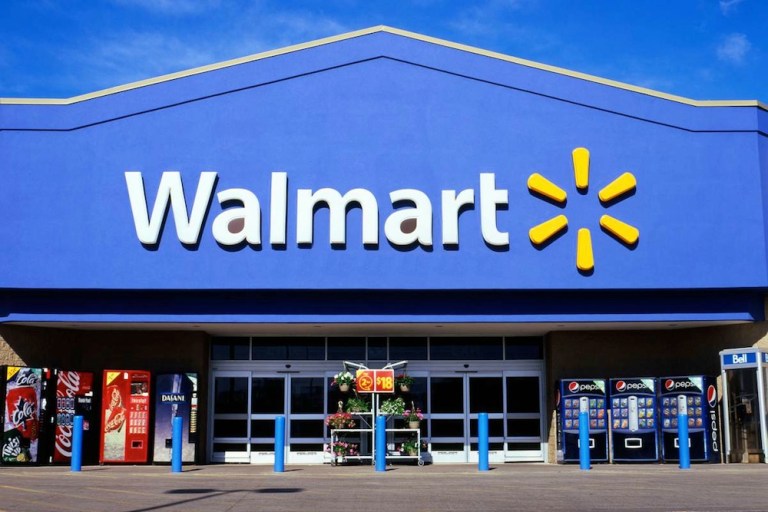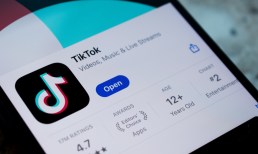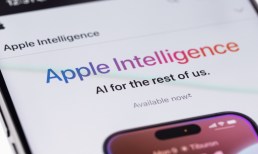Patent Applications Offer A Peek Into Walmart’s Possible Techy Future

And the award for “techiest” retailer goes to … Walmart?
The big-box retailer recently published a number of patent filings that would certainly make it a contender for “Most Futuristic Shopping Experience” if they come to fruition. Though a patent represents an idea, not a technology that has already been created (much less deployed), if Walmart develops even one of these, it could change the way consumers (and merchants) think about retail.
A patent application from March 22 describes a sensing device for shopping carts that would help customers navigate around the store. Shoppers would pair their mobile phone with the shopping cart peripheral device and, using location signals and telemetry data, the cart would return navigational information to the user’s phone. Could this be the advent of self-driving shopping carts?
Another March patent application suggests an employee productivity tool in the form of a wearable tracking device. The device would leverage tech, such as an accelerometer, gyroscope, heart monitor, speakers, vibrating motor and visual display. Walmart said it could be used to determine metrics and tasks for each user and transmit relevant messages to employee devices.
Yet, another application from the same day envisions an inventory tracking device that independently sends a low-stock signal, relieving a human associate from having to check inventory levels. The invention would measure the weight of items on a shelf, and an electronic imaging device would capture an image that a control circuit would then receive and analyze, to determine stock level.
The final March 22 application was for an in-store drone, created to help shoppers find their way around Walmart’s large stores or simply to verify pricing — similar to the stationary kiosks now present in some stores, where customers can scan an item to learn the price. Customers would be able to summon the drone using their mobile devices.
More recently, on May 10, the big-box retailer filed for a patent to simplify deliveries for self-driving trucks using blockchain. Authentication-based access and encryption would unlock restricted areas so that autonomous ground vehicles could deliver to customer-specified access code-protected areas.
In a separate application on May 17, Walmart filed for a blockchain-based user interface model that would enable customers to resell products at a new price. It would be up to the control circuit — i.e., the distributed ledger — to track items that are being offered for sale by registered users, all the way back to the point when the customer first bought the item themselves.



